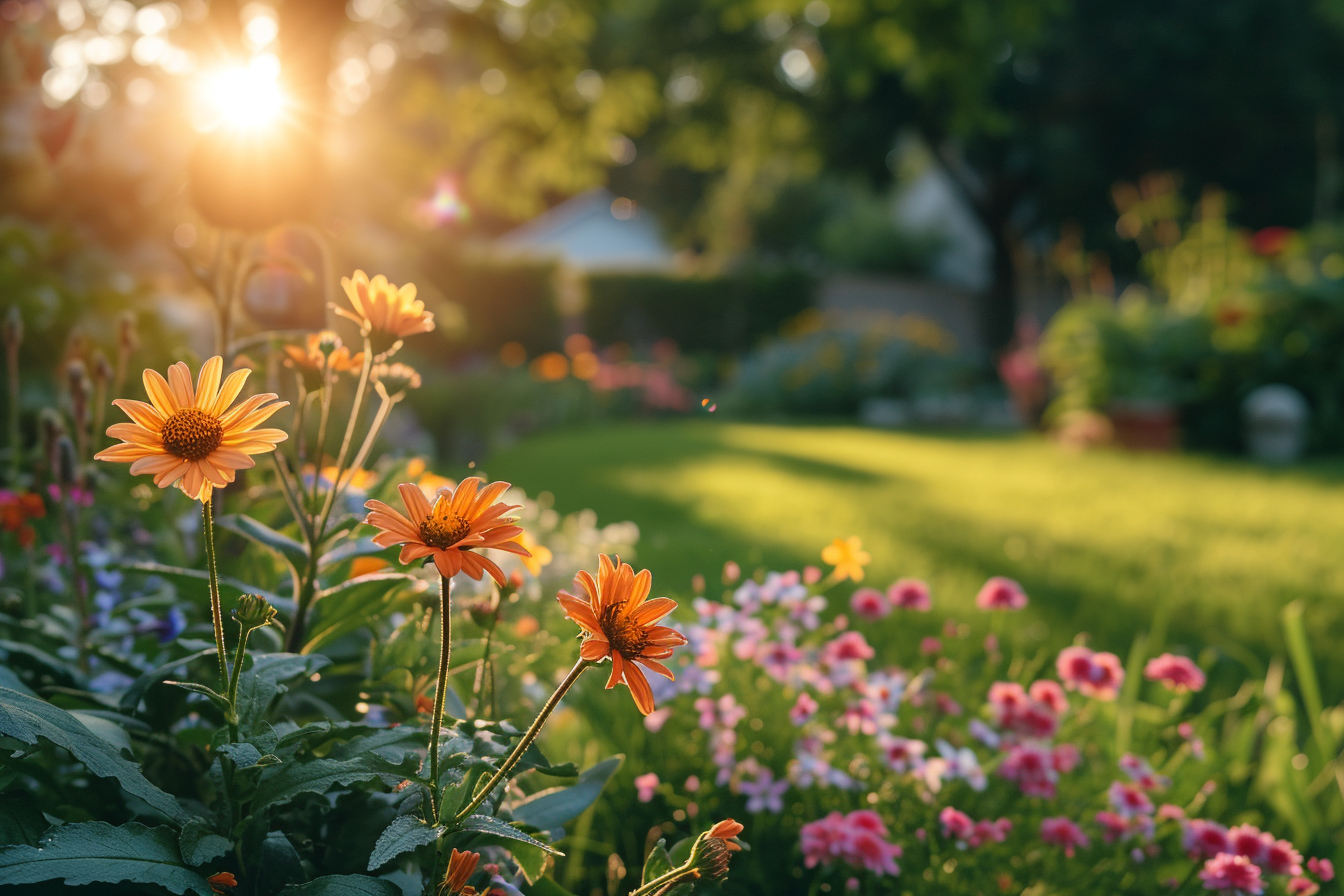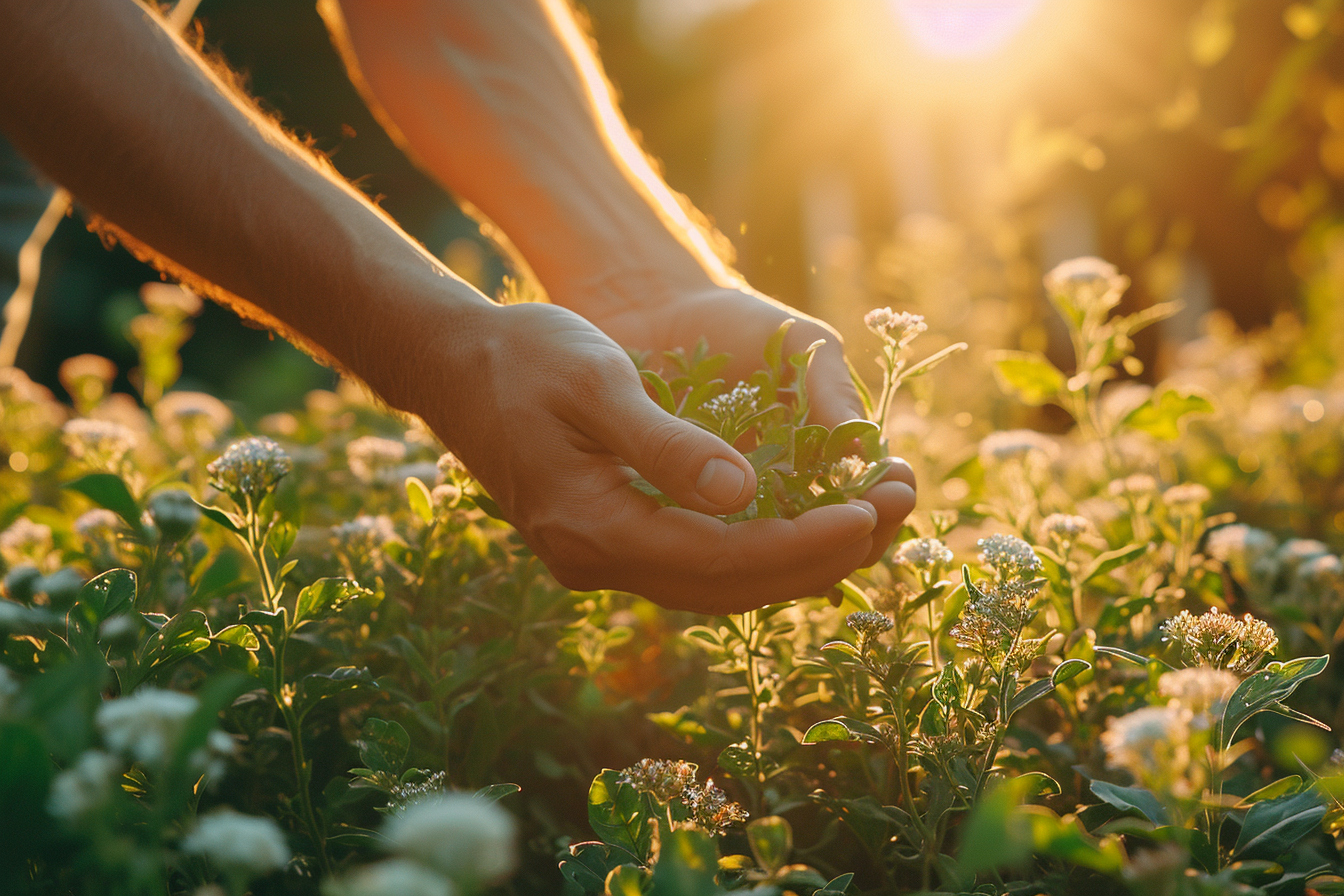Gardening with endemic plants is not just a practice; it is a profound journey into conservation, cultural heritage, and sustainable landscaping. This type of gardening focuses on plants native to a specific geographic location. These plants have evolved to thrive in the particular conditions of their natural habitat, making them incredibly well-suited to local soils, climate, and ecosystems. Creating gardens with these local specimens is not just an aesthetic decision—it is an ecological commitment. This comprehensive exploration will delve into the reasons why endemic gardens are beneficial and provide a rich tapestry of expert tips for gardeners who wish to embark on this green endeavor.
Understanding endemic plants
Endemic plants are species that are native to a particular area and found nowhere else in the wild. They often possess unique features that have allowed them to adapt to very specific environmental conditions. Embracing these plants in garden design contributes to the preservation of biodiversity and the continuation of regional landscapes.
Benefits of endemic plant gardens

Biodiversity Enhancement: Gardens featuring endemic plants provide a stronghold for the preservation of local flora. Such gardens become living libraries of regional biodiversity, safeguarding genetic varieties that might otherwise be lost.
Water Conservation: Endemic plants are acclimated to the rainfall patterns of their native regions. This means they typically require less additional watering compared to exotic species, leading to significant water savings—a crucial factor in areas prone to drought.
Lower Maintenance: Once established, endemic plants often require less maintenance because they are adapted to local conditions, pests, and diseases. This means fewer interventions with fertilizers and chemical controls, contributing to a healthier environment.
Wildlife Support: A garden planted with endemic species offers food, shelter, and breeding grounds for local wildlife, including birds, insects, and other fauna. Such gardens play a crucial role in supporting native pollinators and contributing to the health of the local ecosystem.
Planning an endemic plant garden
Assessing your environment
A clear understanding of your local environment is the starting point for a successful endemic garden. This includes knowledge of soil types, moisture levels, light exposure, and climatic conditions. Recording these factors will help determine the plant palette that will flourish in your garden.
Sourcing endemic plants
Locating sources for endemic plants may involve a bit more effort than a trip to the local garden center. You may need to connect with native plant societies, local nurseries specializing in native plants, or even participate in plant swaps and seed-sharing programs focused on regional flora.
Layout considerations
Creating a design that accommodates the growth patterns and spatial requirements of endemic plants will help ensure their success. Consider natural groupings, as many native plants grow in communities that provide mutual support. Pay special attention to plants’ mature sizes to avoid overcrowding and competition.
Soil preparation
Endemic plants flourish in the soils they have adapted to over time. It is critical to replicate these soil conditions as closely as possible. Testing the soil and amending it to match the conditions of the plant’s native habitat will provide a sturdy foundation for plant health.
Eco-Friendly practices
Building an endemic garden is as much about what you shouldn’t do as what you should. Avoid soil sterilizers, heavy tilling, and synthetic chemicals. Such practices can destroy vital soil biology that native plants depend on.
Plant selection and association
Understand plant communities
It is beneficial to explore how plants interact with each other in their natural habitats. Some may offer shade or moisture retention for their neighbors, while others may act as natural pest deterrents.
Seasonal interest
A well-planned endemic garden has visual appeal throughout the seasons. Selecting a variety of plants that offer different blooming periods, foliage textures, and colors will keep the garden lively and engaging year-round.
Succession planting
Implementing succession planting by spacing out the planting of different species can help in creating a perpetual garden where something is always on the verge of blooming. This method contributes to continuous support for local wildlife.
Resilience through diversity
Cultivate diversity within the garden by introducing a range of endemic species. This diversity can bolster the garden’s resilience against pests, diseases, and climatic challenges.
Planting and maintenance strategies
Right plant, right place
The well-worn gardening axiom "right plant, right place" holds especially true for endemic plant gardens. Each plant has evolved to suit specific conditions which must be respected for the plant to thrive.
Natural mulches and ground covers
Using organic mulches and endemic ground covers can help retain soil moisture, suppress weeds, and provide a more authentic look to the garden. Such materials often break down to enrich the soil as well.
Pruning and grooming
Most native plants require minimal pruning. If pruning is necessary, such as for deadheading or shaping, it should mimic natural processes as closely as possible. Grooming should be gentle and follow the natural growth patterns of the plants.
Watering wisely
While endemic plants may require less water, their watering needs are not zero. Establishing young plants will necessitate a well-considered watering regimen that gradually reduces as the plants take root and adapt to the local conditions.
Cultivating a healthy ecosystem
Pest management
By favoring endemic plants, you are likely to see an equilibrium established with local pests. Ecological pest control methods, like attracting predatory insects with specific plants, can serve as effective alternatives to chemical interventions.
Understanding natural growth cycles
Recognize that not all plants will look perfect year-round; seasonal changes are a part of the garden’s lifecycle. Embrace these rhythms, allowing plants to seed and propagate as they would in the wild.
Enhancing habitat connectivity
Consider your garden as part of a larger network of green spaces. Creating a habitat corridor by linking your garden to other natural areas can enhance regional biodiversity and create pathways for wildlife.
Education and involvement
Incorporating endemic plants into a garden can become an educational tool, raising awareness about the importance of native plant conservation. Engage with community initiatives and local conservation efforts to promote the value of endemic plant gardening.
Long-Term commitment and adaptation

Monitoring and evolution
Regularly monitor the garden, noting which plants are thriving and which might need attention. An endemic garden is an evolving system that may require adjustments over time. Observations can lead to a deeper understanding of the local ecology, informing future plant choices and care strategies.
record-keeping
Maintaining records of plantings, bloom times, growth patterns, and successes or failures proves invaluable over time. These records become a personal encyclopedia of local horticultural knowledge.
Experimentation and learning
Gardening with endemic plants is a continual learning process. Be open to experimenting with different species and placements, learning from the outcomes, and sharing knowledge gained with the wider community.
Fostering a connection with nature
Beyond the practicalities, endemic gardens foster a profound connection with the natural world. They remind us of our place within the ecosystem and the importance of stewarding the unique landscapes that are our home.
Gardening with endemic plants is an enriching practice that aligns garden aesthetics with environmental stewardship. It creates spaces that resonate with the natural beauty of a region and support its ecological stability. As gardeners nurture these spaces, they become custodians of the land, contributing to the vitality of the planet, one garden at a time. Delving into the creation of gardens populated with local flora is not just a gardening choice; it is an investment in the future of our environment and a celebration of the natural heritage that surrounds us. As you embark on this journey, embracing these expert tips will guide you toward cultivating a garden that is both a sanctuary for native species and a canvas of indigenous beauty.